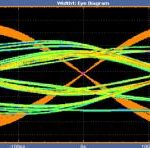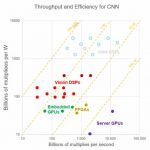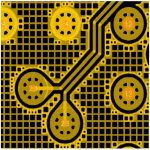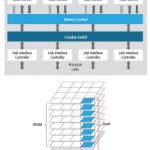Taher Madraswala started his career at Intel designing microprocessors and later overseeing ASIC development before joining Open-Silicon at its inception. During his 25 year semiconductor career Taher has experienced more than 300 tapeouts across a wide variety of applications.
Today Open-Silicon applies an open business… Read More





